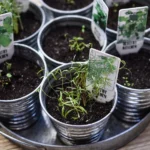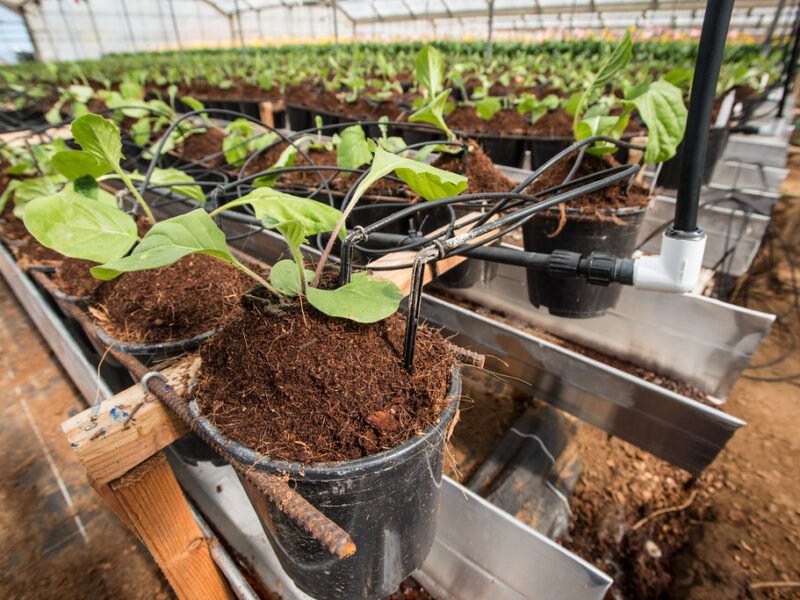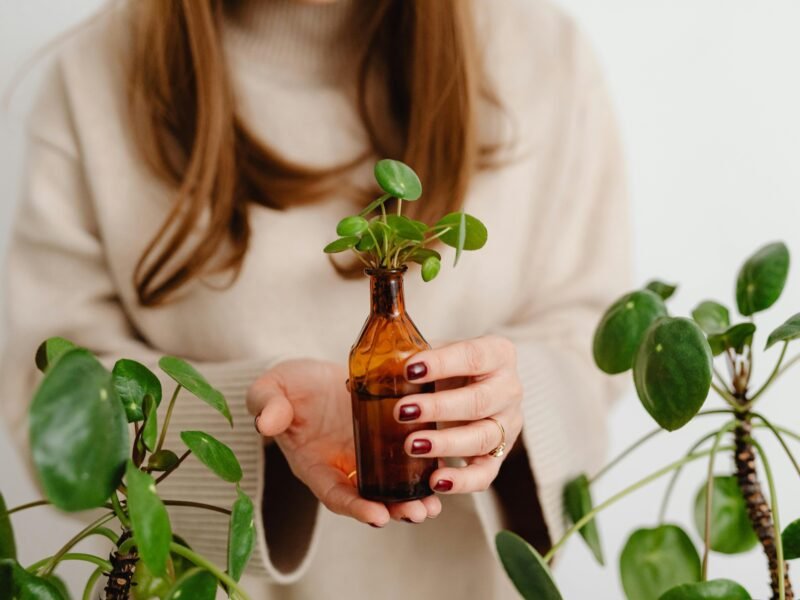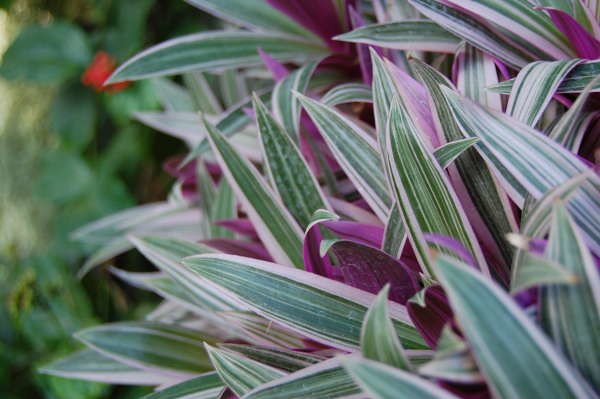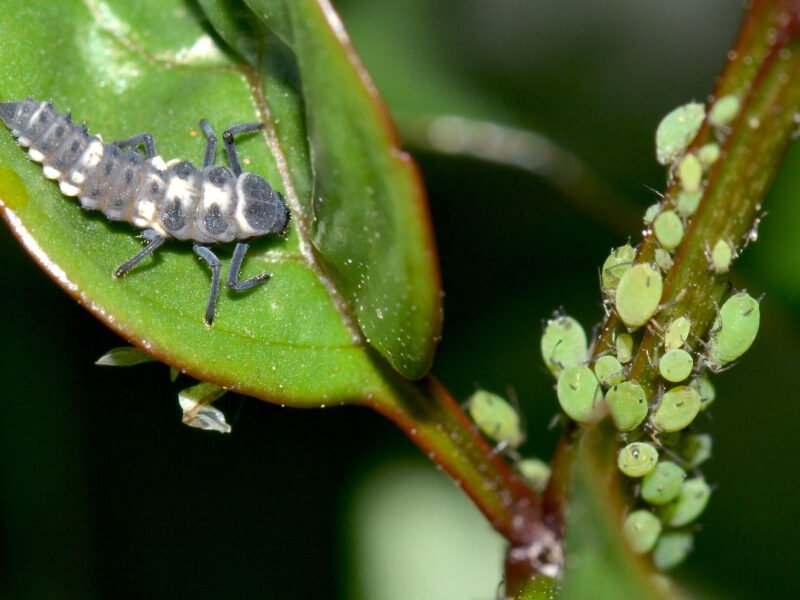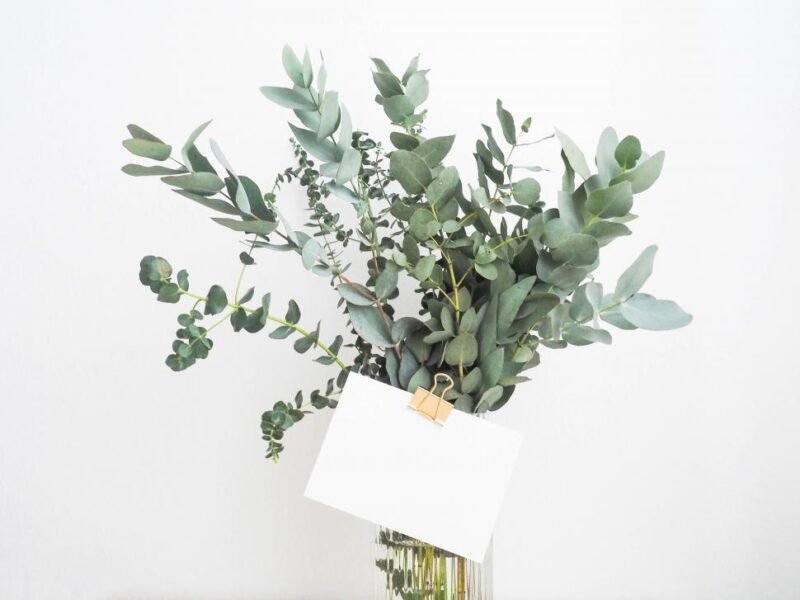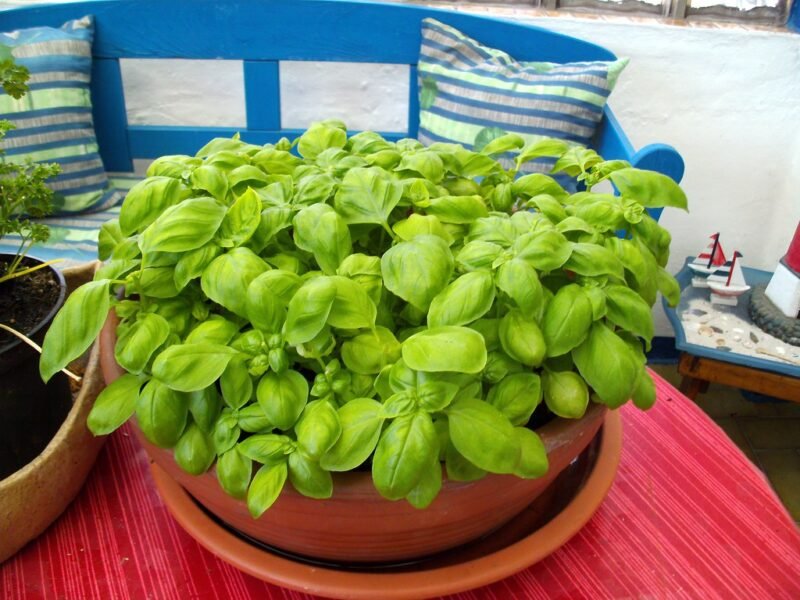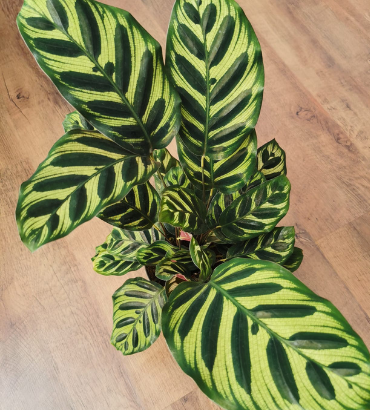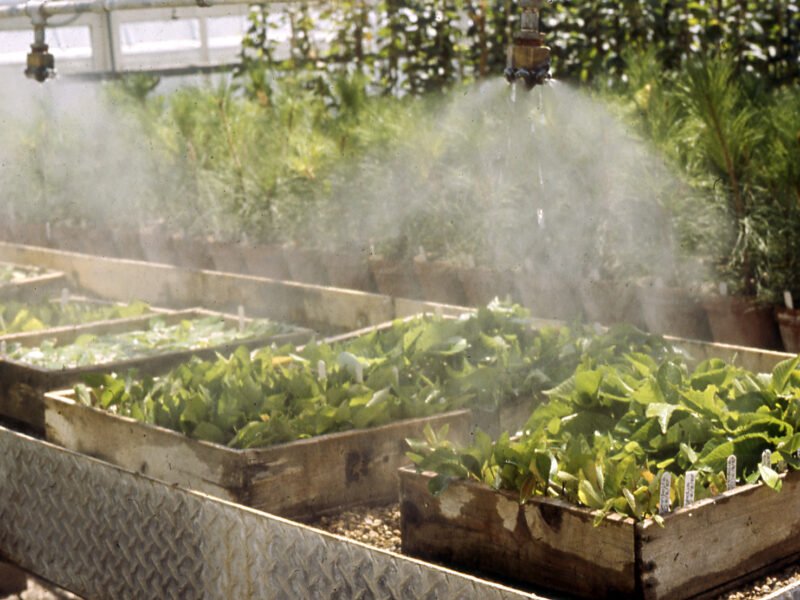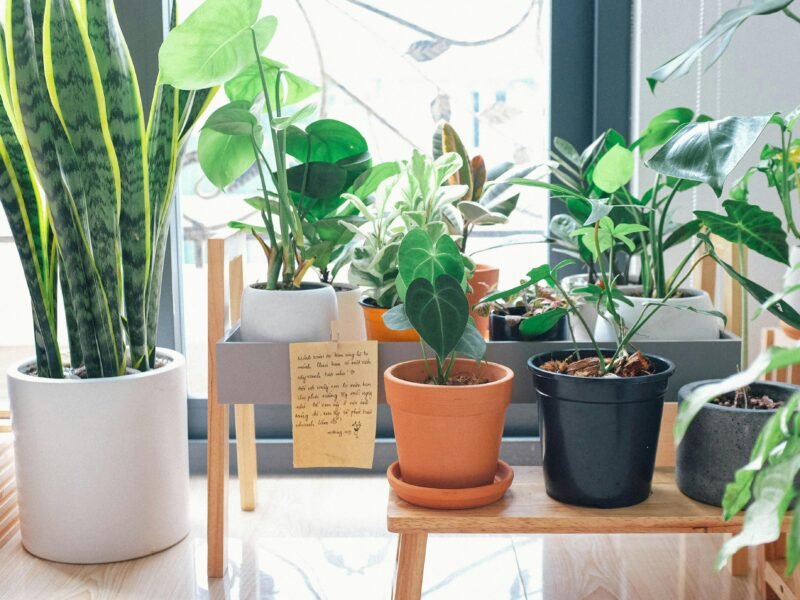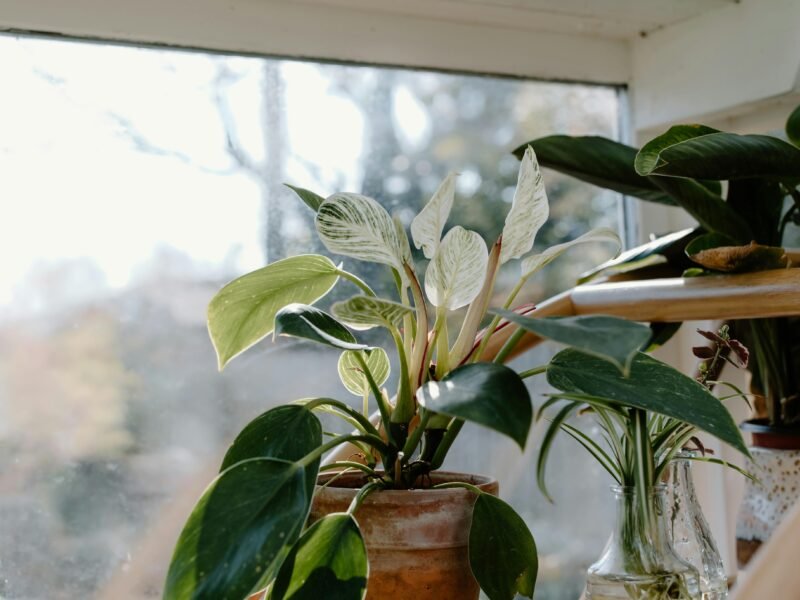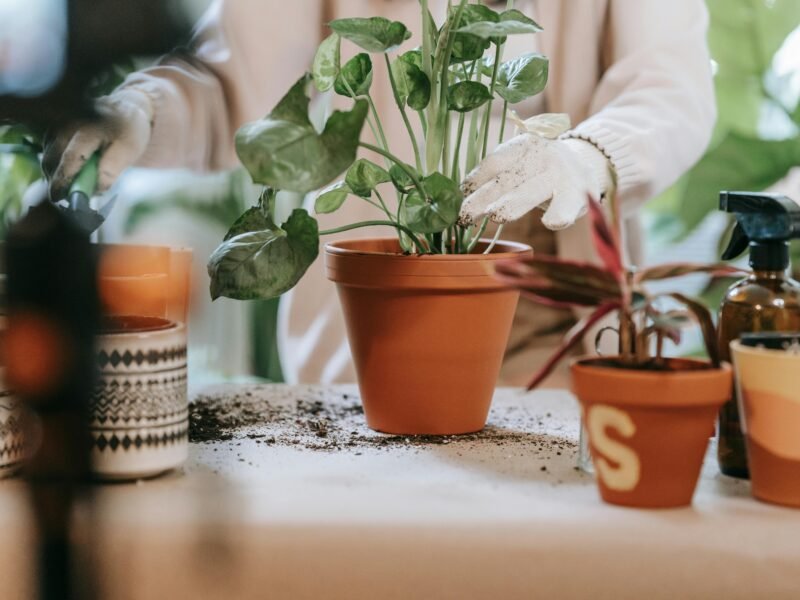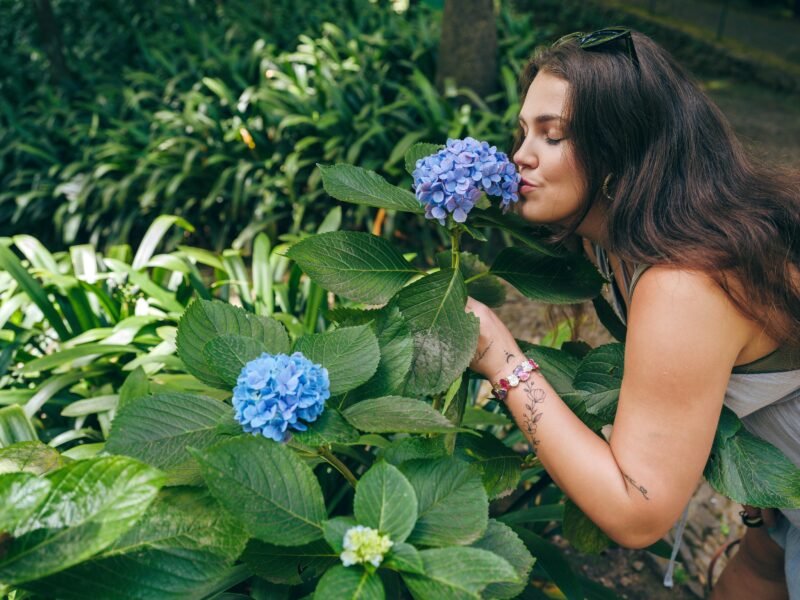Money Tree Plants

The money tree plants (Pachira aquatica) is a houseplant that has become pretty popular lately, so it would be beneficial to know more about how to take care of this magnificent little tree! Many people refer to the plant as a “money tree” because they believe it brings good luck, wealth, and prosperity to its owners. Most likely, you purchased the plant due to its ease of maintenance or the belief that money tree plants bring good luck to your home; however, maintaining them requires discipline. In this article, we will learn about their origins, how to care for them, and the benefits and symbolism of these beautiful plants.
Table of Contents
ToggleMoney Tree Plant Origin
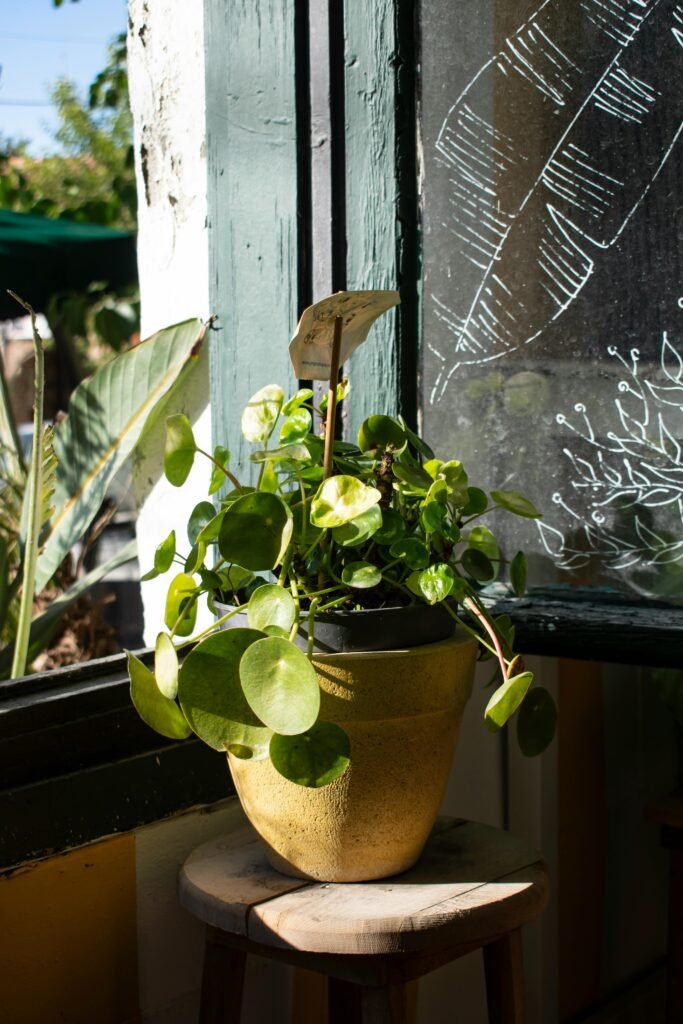
Money tree plants, native to Central and South America’s wetlands, prefer moist soil conditions. Introduced to the rest of the globe as ornamental houseplants, money tree plants have been gaining popularity due to their unique appearance and minimal maintenance.
This plant has earned its reputation for wealth and prosperity due to the widespread belief that its braided trunk embodies good luck. Feng Shui explains why Money Tree plants thrive when planted in your home or office, as they attract good luck, wealth, and prosperity. This is why a lot of people wish to put their cash tree in wealth corners or entrances for optimal goodwill.
The Money Tree plants have a very attractive appearance, and growing them is easier, but sometimes we face many problems in taking care of them.
Their distinct braided trunk is what makes money tree plants stand out. These plants typically meticulously braid their young trunks before selling them. The aloe grows thicker over time as the trunk takes shape, creating an intricate design to admire. The plant has beautiful, lush, fan-like foliage with clusters of five to seven leaflets growing on top of its trunk.
In their natural environment, money tree plants can grow up to 60 feet tall. When grown as a houseplant, it only grows to about six feet tall, which is the perfect size for decorating inside your home or your office.
Taking Care Of Money Tree Plants
While money tree plants are fairly low maintenance, the proper care goes a long way in keeping them healthy and full of life. The following are the key components of growing a money tree plant:
Light requirements
Light: Money tree plants do best in bright, indirect light. Too much direct sunlight can burn the leaves; too little light causes them to grow leggy and feeble. Set your money tree by a bright window, but keep it out of direct sunbeams that are too strong. What if your indoor space doesn’t have enough light to make any difference? Of course, the grow light is the solution.

Watering Money Tree Plants
Proper watering is one of the key factors in money tree plant care. Root rot can be the result of overwatering—this is a tale as old as time, so it’s important to get it right. Water money trees by ensuring the top inch or two of soil is dry to the touch. Use a pot with drainage holes to allow extra water to escape, and never let the saucer collect liquid so that the plant does not sit in it.
These types of plants might require more frequent watering during the growing season, which is spring and summer, but in winter or colder months, you only need to water them less.
Soil and Potting
Money tree plants like their well-draining soil to maintain some moisture without becoming waterlogged. A well-draining potting mix for a money tree plant may consist of peat moss, perlite, and sand to promote air circulation and drainage. This will give the growing roots more space and refresh your potting mix.
Humidity and Temperature
Money tree plants grow best in moderate to high humidity because they prefer the humid environment they were born in. Artificial materials abound, and without further input from us, naturally occurring rainforest environments are devoid of characteristics such as high humidity content, aids in the desiccation process, severely dry indoor conditions, adding to your home, especially if located above radiators, etc. It can also be beneficial to mist the leaves regularly to keep humidity up.
Money tree plants grow best in temperatures between 65°F and 80°F (18°C to 27°C). Supposedly, a good deal of sequential bruising may stress the plant unnecessarily and result in leaf drop; alternatively, freezing or drought areas from windows, doors, or AC can cause similar stresses, as well as a drastic change between two extremes of water.
Fertilizing Money Tree Plants
Money tree plants need fertilizer more as an encouragement for healthy growth, so it is best to fertilize only every two to three months through the growing season with a balanced water-soluble fertilizer. Reduce or eliminate fertilization in the winter months when development is less active. Avoid over-fertilization, which can scorch roots and throw the plant off balance. Read here to learn more about fertilizing.
Pruning and Shaping
Cutting back money tree plants enhances their shape and results in a bushier plant. Keep any foliage pruned of dead or yellowing leaves, and take out overgrown stems. If your money tree is lopsided at times, you can rotate the plant to promote growth on all sides. Read more about money tree plant care tips here.
Common Issues
That said, your money tree might encounter a few common challenges, even though the plant is generally simple to care for. Knowing about them and addressing the corresponding situation promptly will ensure that your plant remains in a healthy state.
Money tree plants are susceptible to root rot due to their shallow roots, which cannot withstand standing water or soggy soil. Yellow leaves or smelly soil indicate rotting roots. If you find root rot, discard the infected roots and replace them with fresh soil.
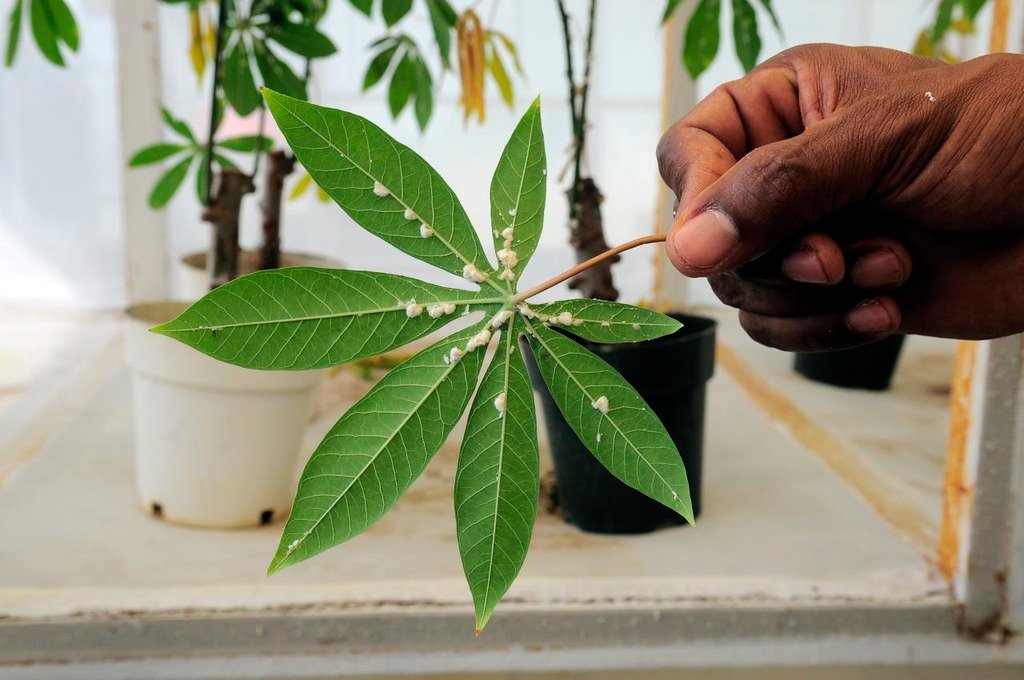
Pests: Money trees are susceptible to many of the common houseplant pests, including spider mites, mealybugs, and aphids. Regularly monitor for signs such as webs, stickiness, or discolored leaves. With insecticidal soap or Neem oil, control pests as needed.
Dropping Leaves: If your money tree houseplant is dropping leaves, it is likely due to changes in light, temperature, or humidity. To avoid leaf shedding, keep the plant in a stable location with routine care.
Why Have a Money Tree Plant
Feng Shui practitioners value money tree plants for their good luck, but there are other factors to take into account when determining if they are suitable for your indoor landscape.
Provides Air Purification: Many indoor plants act as natural air filters, and similarly, money plants also work to purify the surrounding air. This makes them ideal for any room in your home, workspace, gearbox, or low-humidity room.
Money tree plants have decorative-looking long, slim stems that develop huge green leaves for house planting. Their unconventional beauty brings a natural and sophisticated flair to any kind of room, whether you set it up in the center of your living room, at the office, or right next to your entrance.
According to Feng Shui, it will infuse the house with abundant prosperity and wealth: According to Feng Shui, money tree plants are believed to draw energy from their surroundings. Therefore, bringing a money tree plant into your home or workplace can attract all the necessary experiences, such as increasing professional experience and intellectual capabilities. Place the plant in specific areas of your house, such as the southeast corner, traditionally known as the wealth corner, to enhance its ability to attract luck.
Not only are they aesthetically pleasing, but they also represent wealth and prosperity. Whether you just want a beautiful plant on your mantle or desk, or you subscribe to all the positive mojo of money tree plants, they make a wonderful addition to any indoor space. With the correct care—meaning giving it adequate water and sunshine, low-light frustration will be over, and consistent pruning to keep it under control—the money tree can certainly continue living up to its reputation as a plant that attracts wealth, luck, and beneficial fortune.
Most Viewed
Latest Articles










